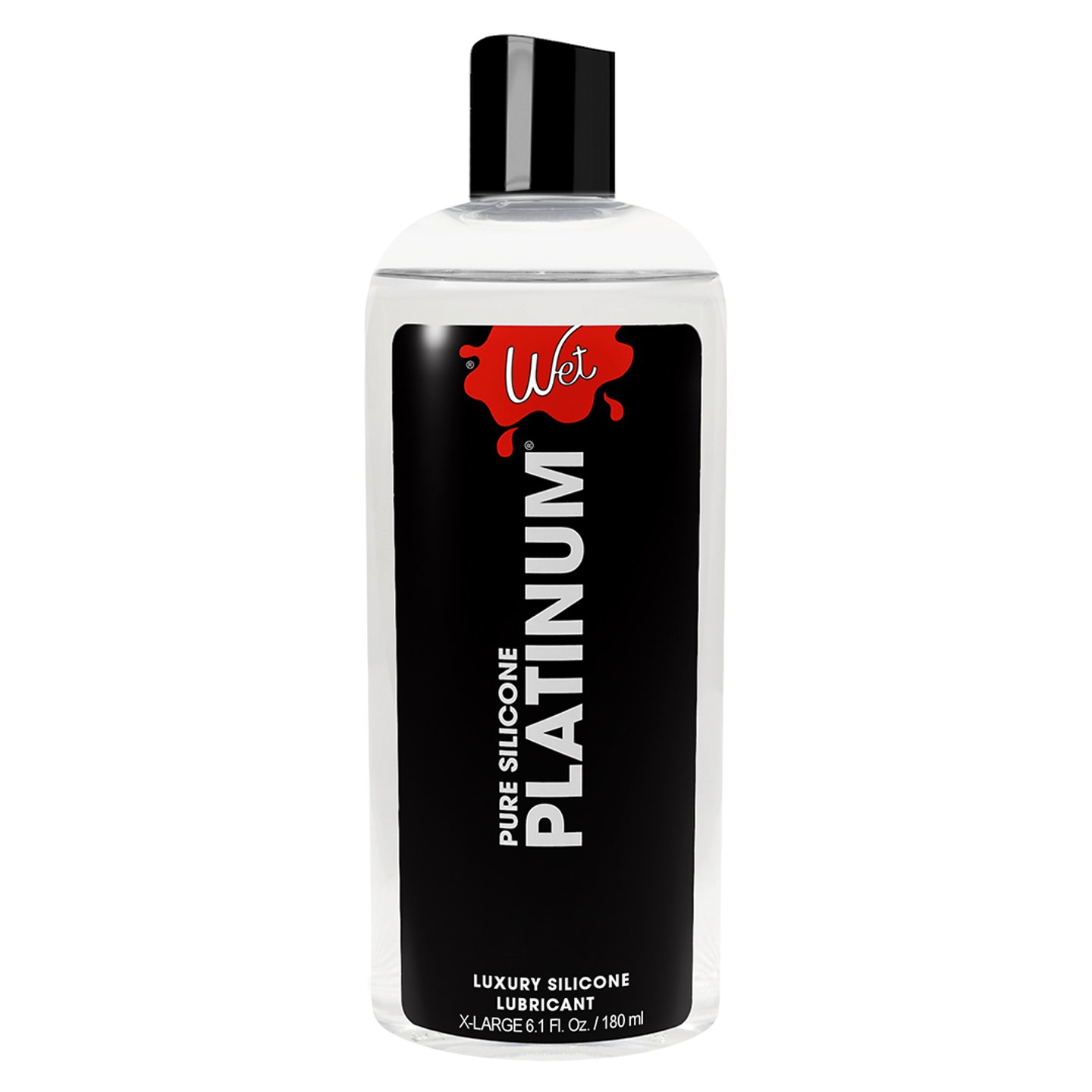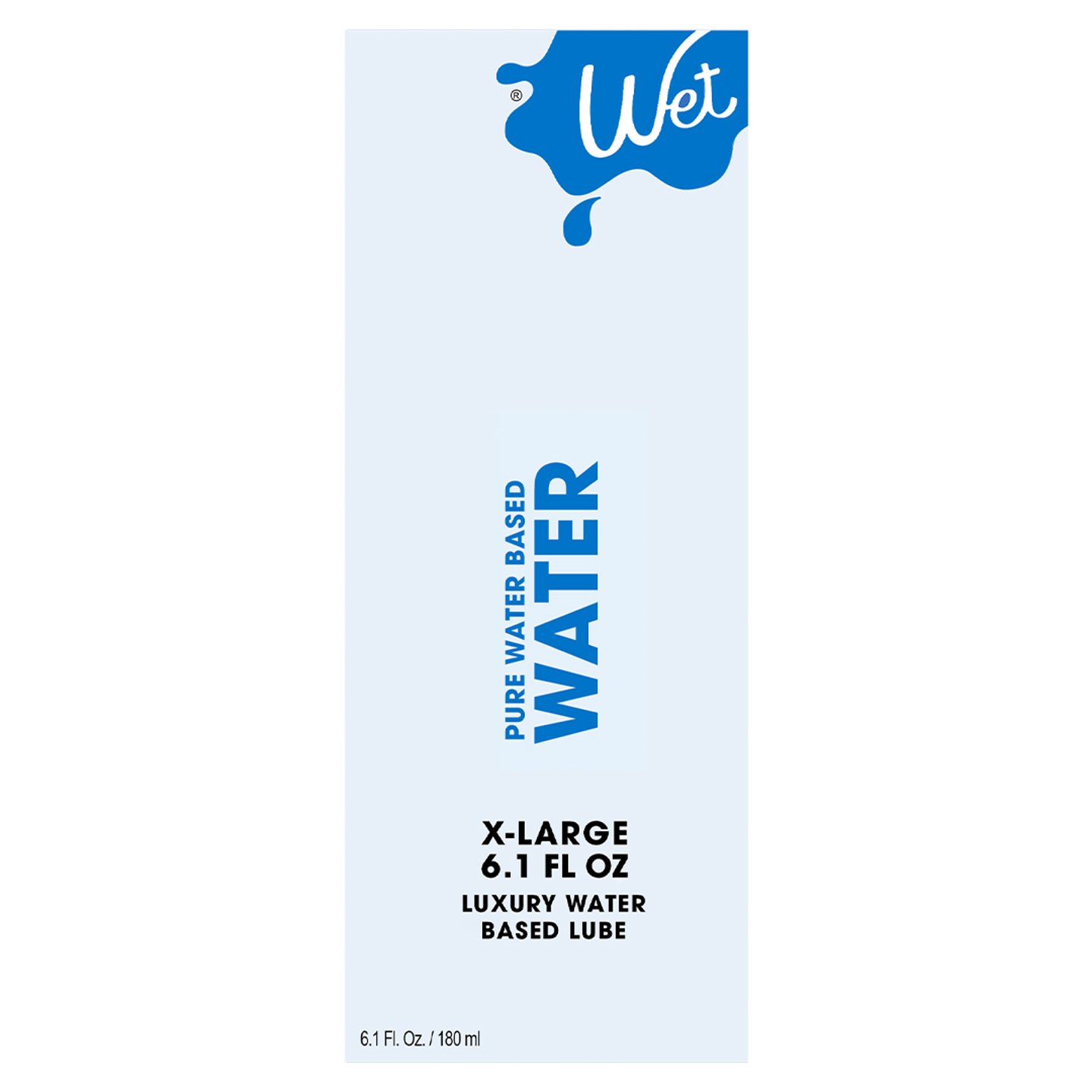Getting Physical
In 2008, CVS and Walgreens began selling sex toys. This was a major step toward the mainstream acceptance of a category that was traditionally relegated to the back pages of adult magazines and explicit sex shop displays. Since then, Walmart, Target and some grocery chains have also built sexual wellness businesses, bringing the segment further into the open with robust in-store sections of toys, condoms, lubricants and other items.
At the same time, the online sexual wellness business has grown, with behemoth Amazon featuring more than 2,000 items under the “sexual wellness” search term.
Non-traditional players have also launched online offerings, including Sephora, Bloomingdale’s, Anthropologie, Urban Outfitters, Nordstrom and Ulta Beauty. In addition to in-store merchandise, many food, drug and mass retailers also offer products online.
Today, about 55% of sexual wellness sales occur online, with this channel experiencing the fastest growth, according to Vision Research. Online and off, total U.S. sexual wellness sales exceed $11 billion, with sales expected to more than double by 2032.
[Read more: Under lock and key]
“Brick and mortar retailers face big challenges following the rise of e-commerce,” said Luka Matutinovic, CMO at sex toy supplier Lelo. “Amazon is the biggest adult toy shop ever and is of immense importance for the entire industry. Sex toys and accessories have never been more accessible. People can buy a new vibrator together with popcorn or their favorite moisturizer.”
But nobody is sounding the death knell for physical retailers. Brick and mortar sales continue to growi at a healthy rate—albeit not as quickly as online. For traditional retailers willing to devote time and space to a curated, customer-appropriate assortment, the future is bright. Educational information also helps.
“Many people are investing online and in stores,” said Sonja Bjornsen, SVP of global sales strategy and growth at Beacon Wellness Brands, which supplies sex toys and other products. “Everybody is trying to figure out the correct formula. The energy behind this category is being led by food, drug and mass buyers. It’s inspiring to see their vision and how they’re shaking things up by adding new items and discussing women’s health and wellness on social sites.”
[Read more: Haleon launches Eroxon]
Target and Walmart, which have a strong omnichannel platform and use third party sellers, do particularly well. “E-commerce is not going anywhere anytime soon,” said Glynn Montemayor, director of sales at personal lubricant manufacturer Trigg Laboratories. “Target and Walmart have big online presences in addition to stores. Successful retailers see omnichannel as the best way to be successful. In addition to online, people like going into stores and seeing how products feel.”
While Sephora and other specialty retailers present challenges, they also help to further liberate a once-taboo segment. “Sephora’s inclusion of products signals broader acceptance within mainstream beauty and wellness contexts,” said Riki Ascherman, president of Big Box International Consulting LLC. “Retailers like Urban Outfitters and Nordstrom are following, making sexual wellness more accessible and less stigmatized.”
Matutinovic called destigmatization “the biggest benefit of these big-name retailers entering the segment. By offering sex toys, they’re contributing to the narrative that brands like Lelo have championed the past several decades. Clearly, there’s demand for pleasure products and the market is shifting to cater to people’s needs and make them more accessible and accepting in their daily lives.”
Curating Assortments
In response to growing online competition, traditional retailers are expanding assortments, focusing on high quality, often premium products that “mirror e-commerce offerings,” said Ascherman. Strong visual merchandising, discreet packaging and dedicated sections help “normalize” products and can drive sales, she added.
Earlier this year, Target began grouping established brands and creating new sections for emerging brands, including premium labels. In one store, sexual wellness was offered in an 8-foot section adjacent to the pharmacy. Target has also used 2-foot merchandisers near main aisle end caps to showcase condoms and lubricants. Walmart has used this strategy for lubricants as well.
Curated assortments must “do more than grab attention,” said Montemayor. To maximize effectiveness, Trigg targets diverse shopper needs with lubricants containing water, silicone or a combination. Products come in various flavors, with strawberry most popular. Trigg also offers three- and eight-packs of merchandise, allowing consumers to experiment, he added. The packaging Trigg sells online and to sex shops is also different than that used in traditional channels.
A multitude of use occasions also necessitates variety in lubricants. “Vaginal dryness is something lubricants can help,” said Ken DeBaene, senior vice president, North America, LifeStyles Healthcare. “Other people use lubricants for better sex or with adult toys. People show up in that section for different reasons.”
As in any category, sexual wellness customers want to know product details and benefits. But most retailers avoid prominent displays or blaring signage. This makes packaging particularly important. Trigg’s packaging helps drive shoppers to its website to learn more. It also partners with retailers and conducts social media campaigns that explain sexual wellness’ health benefits. “It all comes down to education,” said Montemayor. “It’s pushing the conversation forward. Sex is a natural process many people partake in frequently.”
In stores, Beacon is implementing Brij’s QR codes for its plusOne vibrator brand. It is also launching new packaging. But while Beacon will be able to measure how many people access codes, “it’s a bit of a question as to where they end up shopping,” said Bjornsen. “If they read a QR code, are they returning to that retailer? We’re figuring out the best way to talk to customers in aisles.”
Viewer Discretion
The biggest benefits of Amazon shopping are privacy, choice and convenience. “Amazon’s vast reach, combined with its user-friendly experience, has made it a critical player in sexual wellness,” said Sven Pelka, CEO of German-based sex toy supplier EIS/Satisfyer/Triple A. “The ability to shop for intimate products from the privacy of home is a major advantage. Amazon’s two-day Prime shipping and discreet packaging enhance this. This has significantly contributed to our category on the platform.”
Satisfyer’s products, particularly its Pro 2 vibrator, do well online and in-store. Satisfyer attributes this largely to the “lifestyle and approachability” of product designs, said Pelka. Items’ soft shapes do not resemble “typical” sex toys. Hence, they appeal to a broad audience. “The thoughtful design and packaging enhance accessibility, making them a mainstream choice, even in physical environments,” he added.
At Beacon, some plusOne vibrators incorporate soft, feminine designs that Bjornsen labeled “cute and cuddly.” Products discreetly fit into a purse. The Rose Arouser ($27.99), for example, is shaped like a delicate rose bud. Others include the Vibrating Bullet ($15.99) and Private Pleasures Vibrator. “The Bullet is our number one seller at food, drug and mass and on Amazon,” she added. “It’s an easy first purchase for somebody trying a vibrator. And it’s not high priced.” Offerings also include a men’s prostate massager and a women’s Kegel trainer.
Condoms: Driven by Immediate Need
Condoms are strong in-store performers, with 70% of sales occurring in person, said Carol Carrozza, marketing manager for Okamoto USA, supplier of Wink condoms. This is because many in-store purchases are driven by “imminent need.” Online shoppers, in contrast, often stock up. In fact, Lifestyles recently completed a study of shopping habits with a brick-and-mortar partner that found Amazon as “convenient from a time standpoint but not for people who want products immediately,” added DeBaene.
Curated assortments are important in condoms, too, with offerings tailored to shoppers’ needs. “They’re growing quite nicely for retailers that do this,” said DeBaene. “They put shoppers at the center of what they do. They’ve done a good job recognizing which brands are more on trend for today’s shopper versus the shopper of 10, 20 years ago. There’s some challenger brands that are providing significant growth online and off. Some brick-and-mortar retailers are recognizing them and favoring them. They appeal to millennials and Gen Zs. In some cases, they’re making them anchor brands.”
Placement is key. Walmart, for one, places condoms and other sexual wellness products adjacent to feminine care, recognizing that women are often the primary purchasers.
Education is also important in condoms, from a product and social standpoint. “I handle emails,” said Carrozza. “People want to know if they’re vegan, water-based or silicone-based.”
Carrozza also wants to focus more on prevention of pregnancy and STDs. With AIDS under control and “morning after” pills widely available, these topics have been overlooked by many young adults. “There’s no talk about associated health risks,” she said. Since condoms are often purchased “last minute,” education is just as important in stores as it is online. While some retailers are reluctant to do so, Carrozza wants to place educational signage near displays and QR codes on packaging. “People don’t want to stand there reading things,” she added. “With QR codes, they can scan them and go into another aisle to read them.” Okamoto also invests heavily in social media and sampling.
Despite the category’s growth across channels, not all retailers are giving sexual wellness the attention it deserves. Some grocers, for example, pay little heed to it and are missing opportunities. “There’s so many women in stores and they’re leaving dollars on the table when these shoppers look elsewhere,” said DeBaene. “They don’t see the category as having strategic value.”
And not every retailer’s strategy is truly omnichannel. Some drug chains, for example, bury sexual wellness on their e-commerce sites so that users must really “dig” to find it—never mind the home page. “It’s still tucked away,” said Montemayor. “We’re not quite there yet.”




